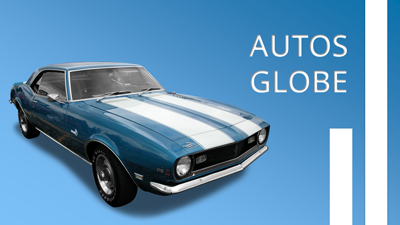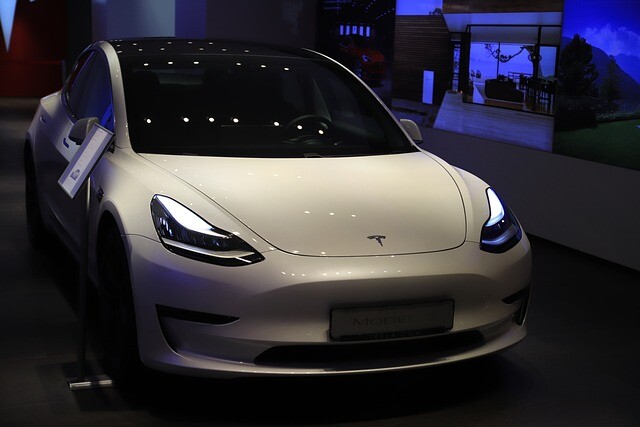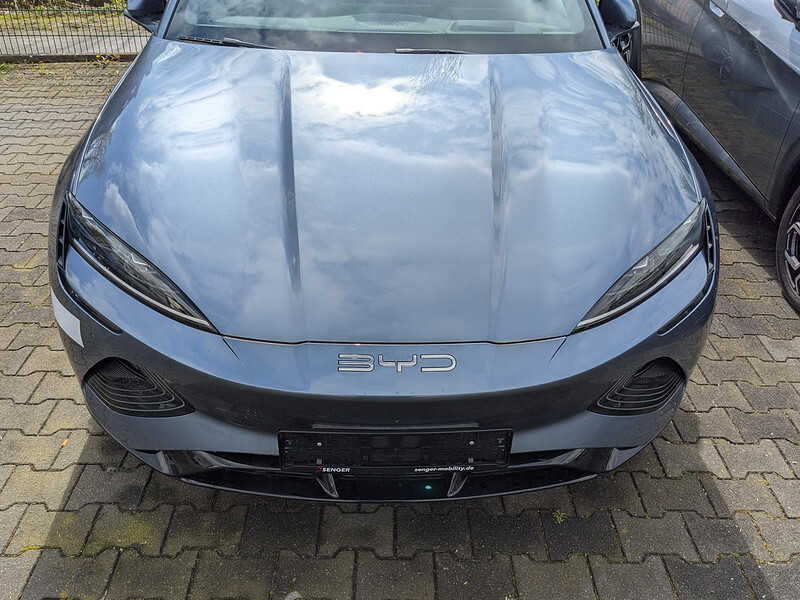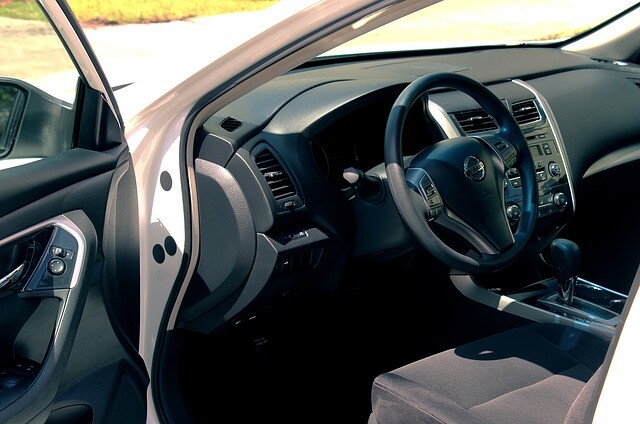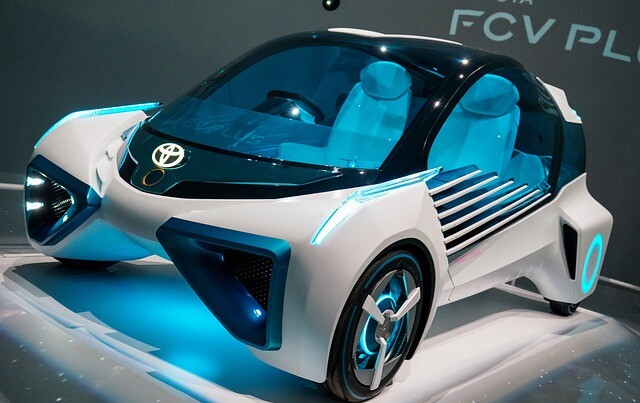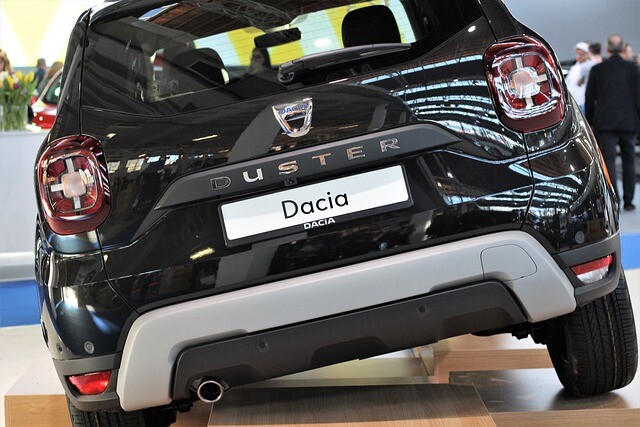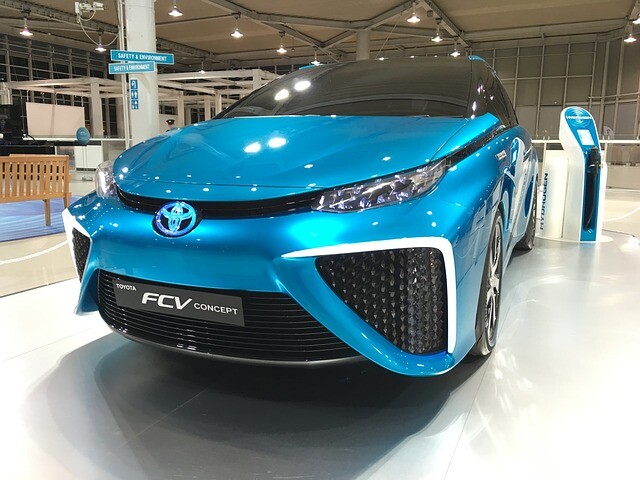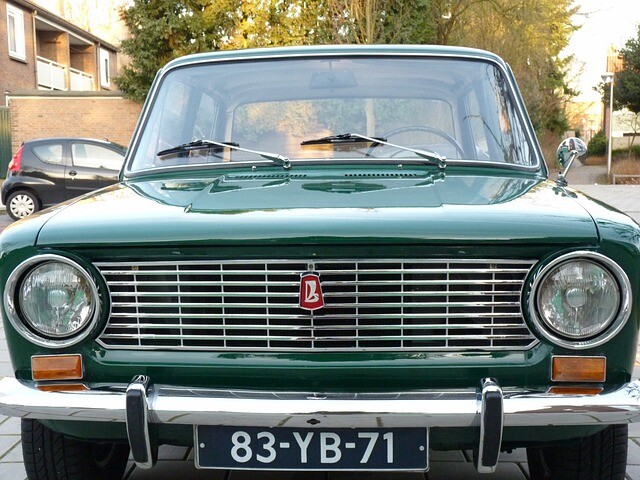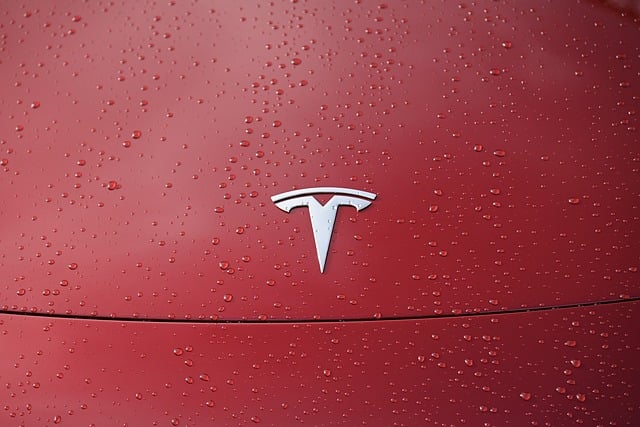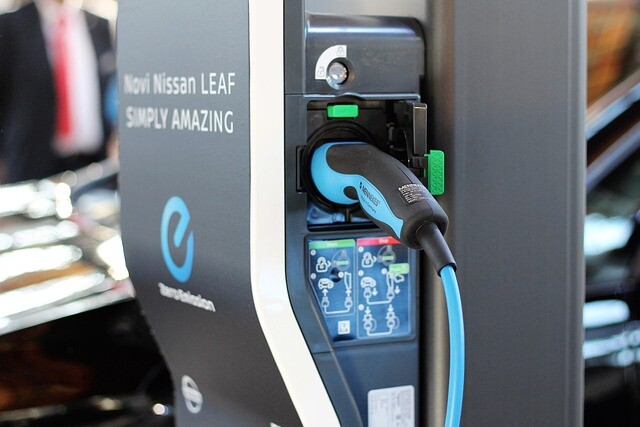Japanese Robotics?
All right, no taxis, it works only in one hand-paying plant in Tokyo. Soon, the service will be expanded, and there are actually more taxi enthusiasts.
An autonomous mobility technology company, ZMP Co. Ltd., introduced six-year-old RoboCar MV autonomous taxis on five-wheel-mounted Toyota Prius. Four years later, they moved to a seven-seat Toyota Estima hybrid. They did not change because it was more comfortable for the passengers, but because they were able to accommodate computers with far higher performance in the more spacious interior space of the bus limo, which could significantly accelerate the development of technology.
Robotics RoboCar MiniVan uses the open source (Linux based) robot automotive control software at the University of Nagoya, with its usual sensor array (nose-mounted laser sensor, stereo and mono cameras, accelerometer and satellite positioner, and so on). It is capable of tracking a vehicle in front, detecting surrounding objects and people, staying in the lane or lane changing, understanding traffic signs, turning corners, and of course parking.

The first freight in the Otemacsi and Roppongi neighborhoods, along with the Hinomaru Kotsu taxi company, was carried out on a five-kilometer road by an actual driver, but did not have to interfere with driving.
Out of the 1,500 applicants, the three were the first to travel in Robotics, but as the experiment continues in the fall, and a range of routes expands (soon they can get to the airport by a Toyota robot), they can take them there.
(Source: vezess.hu / photo: vezess.hu)
